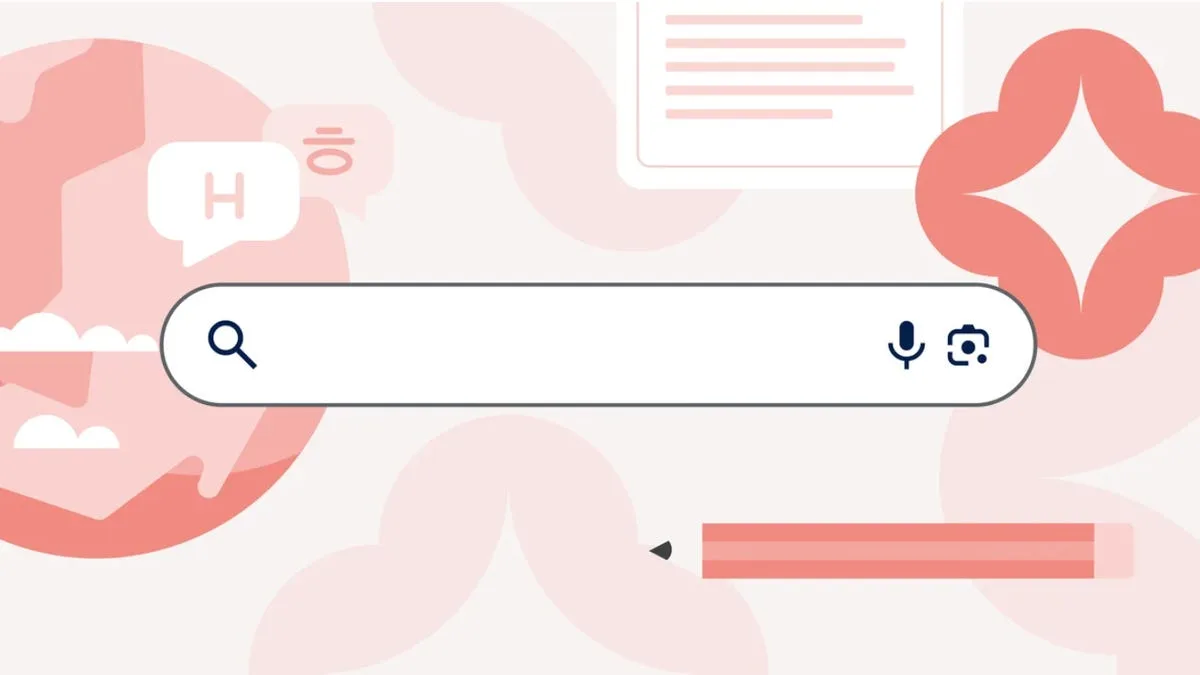Wake Up to Innovation: A Robotic Revolution in Coffee Making
The Future of Morning Routines
Imagine waking up to the alluring aroma of freshly brewed coffee, not made by a human, but by a robot. While this scenario may sound like something straight out of a sci-fi novel, it’s inching closer to reality every day. As robotics technology evolves, we’ve witnessed significant advancements in robot capabilities. However, practical household robots that can effortlessly perform our daily chores remain largely untested in real-world settings. For now, they primarily deliver stunning performances in controlled environments such as manufacturing plants, where tasks adhere to predictable scenarios.
A Promising Development in Robotics
A groundbreaking study published in the journal Nature Machine Intelligence has brought fresh optimism to the field of domestic robotics. Researchers from the University of Edinburgh, in partnership with esteemed institutions like MIT and Princeton, have unveiled an innovative robotic system known as the Embodied Large-Language-Model-Enabled Robot, or ELLMER. This sophisticated robotic system stands out due to its unique combination of artificial intelligence and advanced sensorimotor control, empowering it to manage intricate tasks in unpredictable settings—imagine it brewing a perfect cup of coffee right in your kitchen.
ELLMER: Where AI Meets Robotics
ELLMER is equipped with a seven-jointed robotic arm that boasts cutting-edge sensors and operates on a powerful large language model. Unlike traditional robots, which are often limited to fixed, pre-programmed tasks, ELLMER can understand human instructions, assess its surroundings, and adapt its actions in real time. This level of autonomy means it has the potential to tackle various household tasks—such as finding a hidden coffee pot or navigating around obstacles—without requiring human assistance along the way.
Harnessing the Power of Retrieval-Augmented Generation
One of the distinguishing features of ELLMER is its use of Retrieval-Augmented Generation (RAG), a technique that allows it to reference a curated knowledge database. This capability significantly enhances the robot’s adaptability in unfamiliar situations. For instance, if ELLMER faces a drawer with an unusual handle, it can draw upon its memories of similar mechanisms to innovate a solution and proceed with its task efficiently.
Advanced Sensor Technologies
Equipped with state-of-the-art vision and force feedback systems, ELLMER can dynamically track moving objects. The sophisticated vision system allows the robot to assess its environment in real time, while force sensors ensure it engages with various materials accurately. These technological advancements are crucial for precision tasks—like pouring coffee into an unsteady cup—where typical robots would find it challenging to maintain accuracy.
More Than Just Coffee: A World of Possibilities
While the initial demonstrations of ELLMER primarily feature coffee brewing and plate decoration, its potential applications are boundless. Future versions could be deployed for an array of household duties, offering support in elder care, or even stepping into complex industrial roles that demand quick adaptability and precision in chaotic environments.
Challenges Ahead: Bridging the Gaps
However, ELLMER is not without its challenges. Currently, the robot encounters difficulties with proactive task-switching and managing complex force dynamics. For ELLMER to attain the zenith of efficiency as a home assistant, enhancements in tactile sensors and the integration of soft robotics might be necessary.
The Broader Impact of AI in Robotics
As artificial intelligence and robotics continue to converge, the dream of waking up to a perfectly brewed cup of coffee served by a robotic assistant is becoming increasingly viable. This advancement could redefine household management and human-robot interactions in profound ways.
Rethinking Household Assistance
The deployment of robots like ELLMER in everyday settings poses critical questions about how households operate. Traditional norms of domestic labor may evolve, challenging societal expectations around the division of chores and the role of technology in everyday life.
Education and Training for Future Robotics Workers
In light of this technological transition, there’s an urgent need for educational frameworks to prepare future workers for ethical concerns and job displacement issues. As more household chores become automated, the workforce needs to adapt and acquire the skills to manage, maintain, and improve such robotic systems.
Industry Applications and Implications
Beyond the domestic sphere, ELLMER’s capabilities can have significant implications for various industries. Its adaptability makes it an intriguing option for manufacturing environments, healthcare settings, and navigating supply chain complexities.
Imagination Meets Reality
The idea of having a robot assist us in our daily tasks is not just the stuff of imagination anymore. Thanks to research innovations like ELLMER, we’re witnessing the gradual transformation of this vision into reality.
Consumer Acceptance: A Critical Factor
For ELLMER and its successors to gain a foothold in the market, consumer acceptance will be crucial. As households increasingly integrate technology into their daily routines, understanding and addressing public concerns and perceptions about household robots will be vital for adoption.
The Ethical Dimensions of Automation
As with any technological revolution, ethical considerations regarding automation are paramount. Issues of privacy, job displacement, and the moral implications of having machines perform tasks traditionally managed by humans must take center stage in discussions surrounding robotics’ future.
The Push for Robust Safety Protocols
Building effective safety protocols will be essential as robots like ELLMER become commonplace in domestic settings. Ensuring that these machines can operate safely alongside humans will require rigorous testing and regulatory oversight.
Innovations on the Horizon
Ongoing advancements promise exciting developments, pushing the boundaries of what robots can achieve in complex environments. Continued research in robotics will likely reveal even more sophisticated systems capable of executing an array of unpredictable tasks.
Conclusion: The Dawn of Robot-Assisted Living
As we inch closer to a future where robots could seamlessly integrate into our daily lives, the dream of waking up to a freshly brewed cup of coffee made by ELLMER—and its successors—could soon become a delightful reality. The intersection of AI and robotics holds unparalleled possibilities, and as research continues to evolve, we stand on the brink of a new era in home automation. The future may not just be about waking up to coffee made by a robot, but a world where intelligent machines enhance our everyday lives in transformative ways.







